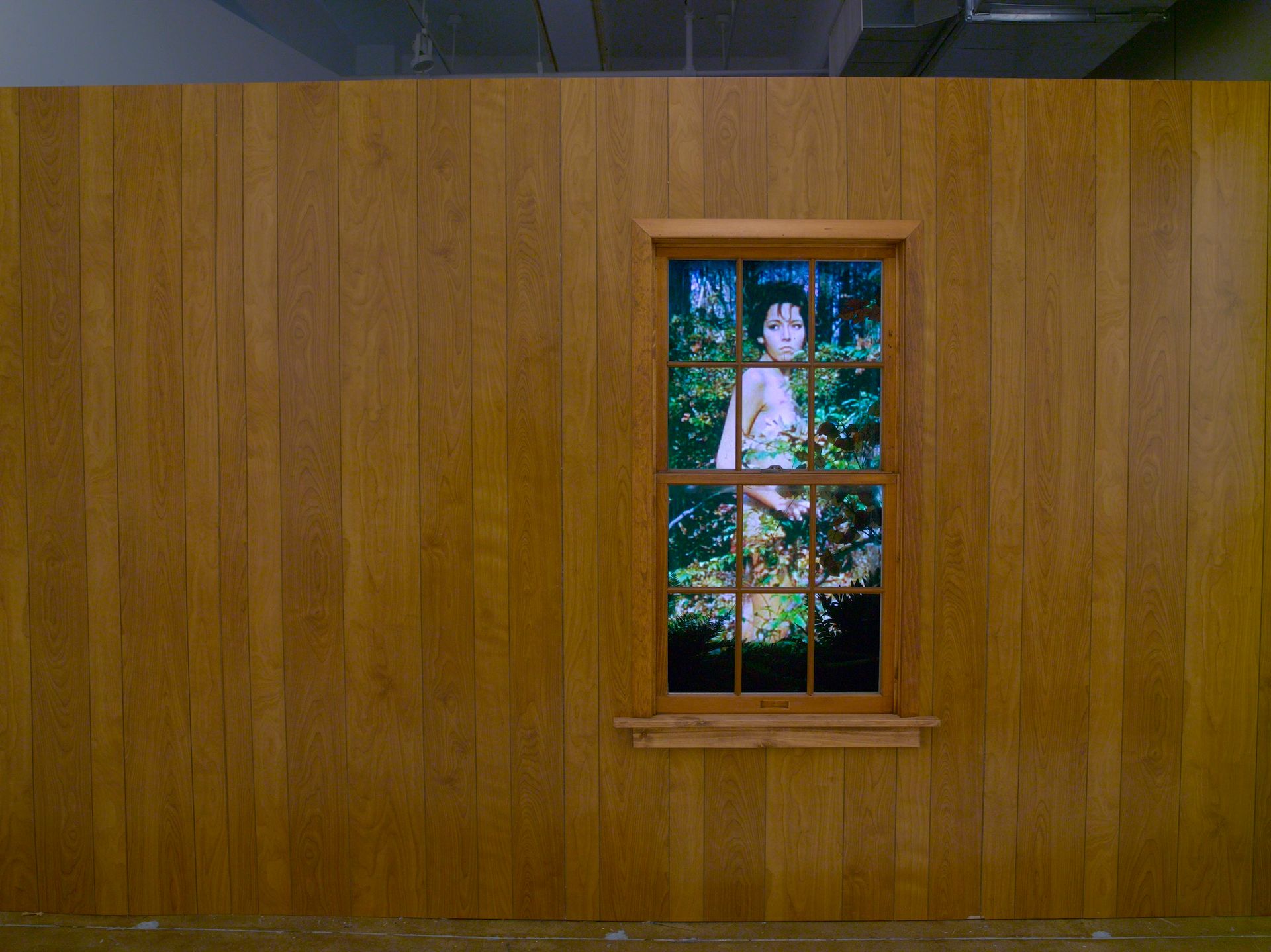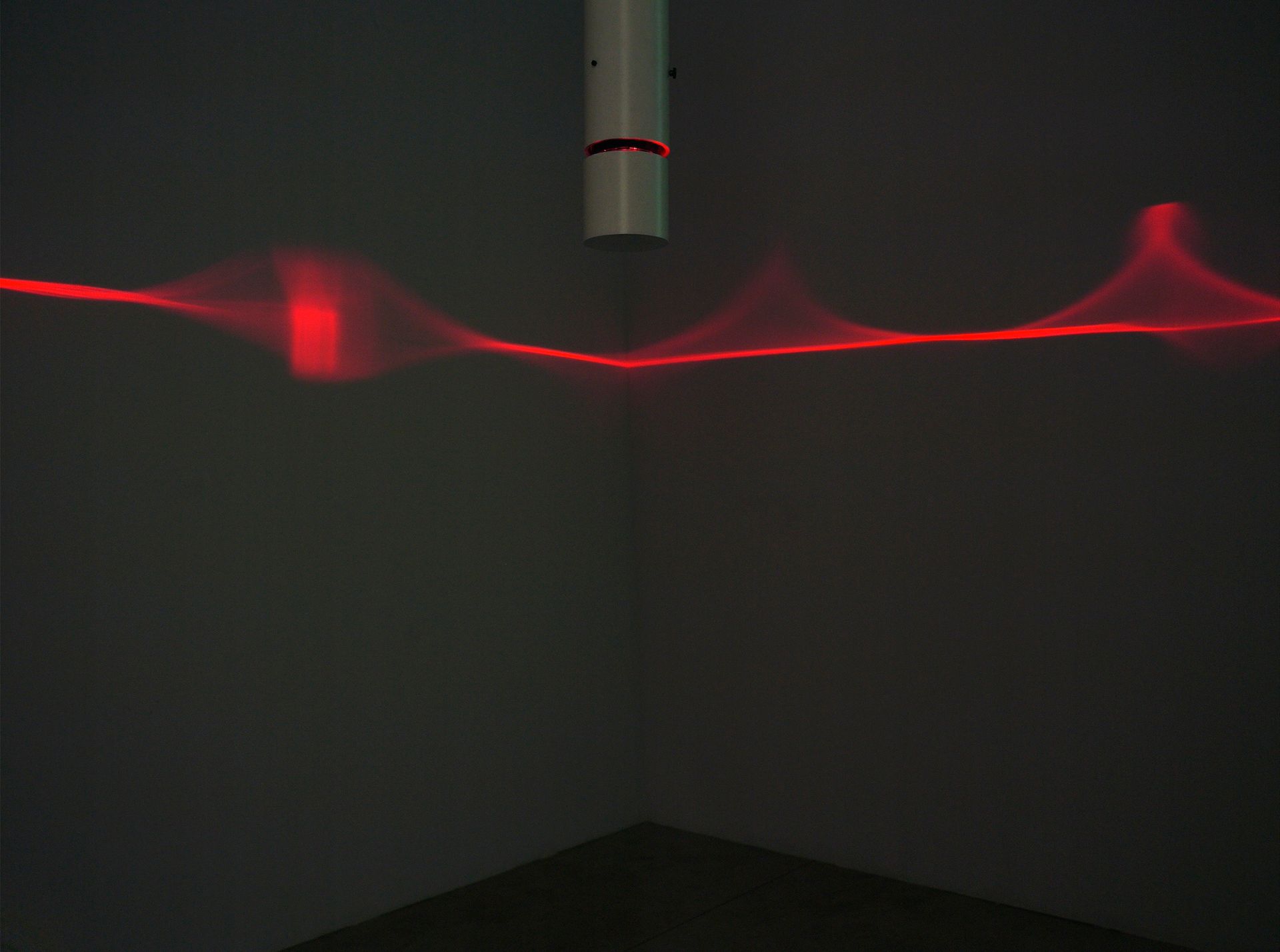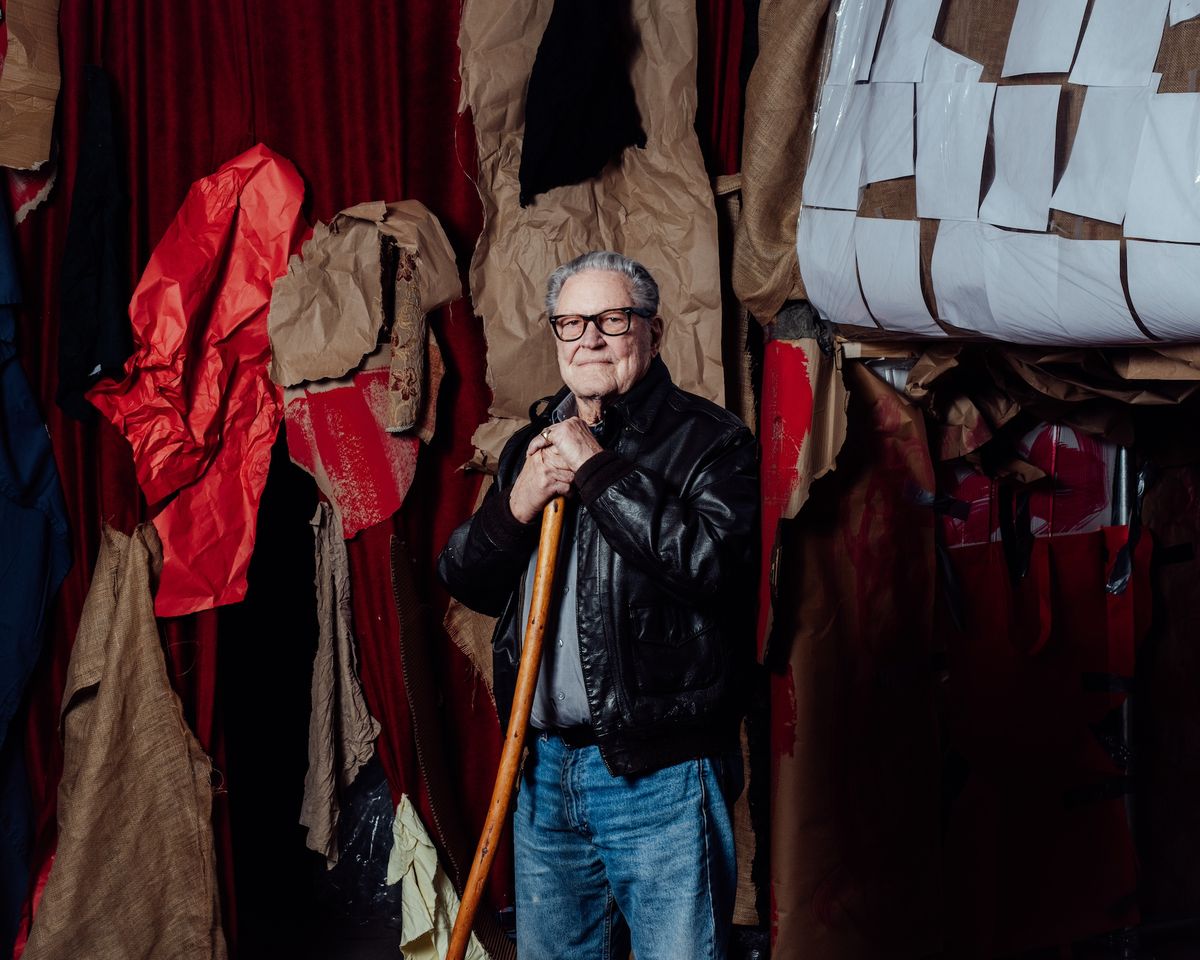Robert Whitman, who was among the group of artists that pioneered the Happenings of the late 1950s and early 60s, has died. He died on Friday (19 January) in his home in New York’s Hudson Valley, and his death was announced by his longtime gallery Pace. He was 88 years old.
The now-seminal Happenings——which Whitman carried out alongside the likes of Allan Kaprow, Claes Oldenburg, Jim Dine, Red Grooms and others—were among the first artworks to bring live elements more typically associated with theatre to the world of galleries and non-profit visual art spaces, and they are largely considered to have been precursors to contemporary performance art. Whitman’s desire to pursue his unconventional artistic visions also led him to co-create the collective Experiments in Art and Technology (EAT), which he co-founded with Robert Rauschenberg with the help of Bell Telephone Laboratories engineers Fred Waldhauer, Billy Kluver and Julie Martin.
Whitman was born into a wealthy family in New York City in 1935, and his early childhood was spent on the North Shore of Long Island. His father died when he was ten years old, at which point his mother moved him and his younger brother to Englewood, New Jersey. From a young age, Whitman was drawn to live performance and the inherently incalculable and unique occurrences possible only when audiences and performers share a space.

Robert Whitman, Window, 1963 © Robert Whitman, courtesy Pace Gallery
“My very first experience of art was seeing the clown Emmett Kelly in the circus,” Whitman told The Brooklyn Rail in 2003. “It was like a miracle. I kept looking around, wondering, ‘Everybody's looking but they're not like, seeing God.’ So, that sort of fixed me right then and there.” Whitman was six at the time, and the performance that he witnessed was Kelly’s gag in which he would pretend to sweep a spotlight under a rug.
Whitman initially set out to become a playwright, studying literature at Rutgers University, where the faculty included Kaprow, Robert Watt and George Brecht. In 1959, the first-ever Happening—Kaprow’s 18 Happenings in 6 Parts—took place at the Reuben Gallery, and Whitman was invited to participate. The following year, Whitman’s first major performance, American Moon, also took place at Reuben Gallery.
Whitman’s 1964 work Bathroom Sink, now in the collection of Madrid’s Reina Sofia Museum, was an early example of his merging interests in performance, technology and blurring the lines between audience and participant. In it, footage of a woman going through her morning routine is projected onto a bathroom mirror; the footage bounces off of the mirror and onto an adjacent wall, but the viewer is implicated through the entanglement of their own reflection.

Robert Whitman, Wavy Red Line, 1967 © Robert Whitman, courtesy Pace Gallery
In 1965, Prune Flat, his best-known work, debuted. Prune Flat incorporated both live actors and projections, and would go on to be presented at multiple Off Broadway theaters. In 1967, Whitman had his first solo exhibition at Pace Gallery; titled Wavy Red Line, the show consisted of a spinning red laser that would dance across the walls and that Whitman created in collaboration with Eric Rawson, an engineer with Bell Labs.
“Bob was a true pioneer. His Happenings blurred the line between dreaming and waking life. Somehow, he made the fantastic real,” Arne Glimcher, founder of Pace Gallery, said in a statement. “From the beginning, I was deeply intrigued by his vision, and I remained astounded by his brilliance over the course of seven decades of our friendship.”
Though he eschewed conventional materials, which often meant forgoing conventional commercial success—it is harder to sell a multimedia performance piece than it is a painting or sculpture, for example—Whitman stayed true to his vision for the rest of his career, finding homes for his work with longstanding bastions of experimental art, such as the Dia Art Foundation, among others.


